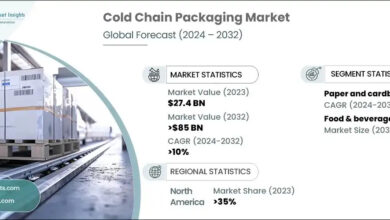Minnesota broadband earns “B” on think tank report card

(The Center Square) – Minnesota received a “B” and a score of 86 on the 2020 Broadband Scorecard Report that R Street released late last week.
R Street is a Washington, D.C., based think tank, and 2021 marks the second year the institution has issued its broadband scorecard.
The report compares states based on the laws they use to govern the regulatory review process for broadband deployment. The factors involved include local government’s management of the public rights-of-way that broadband providers need access to, permitting review, franchising and zoning.
“With restrictions on in-kind contributions, a dig-once law and a ban on moratoria, Minnesota received a perfect score in the miscellaneous category,” R Street Technology and Innovation Fellow and author of the report Jeffrey Westling wrote.
In-kind or non-monetary contributions are defined as free services provided to such recipients as government buildings. Federal regulations restrict in-kind contributions, and Westling argues more states should limit them as well.
Dig-once, also called “joint-trenching,” mandates multiple providers excavate the same right of way. This, wrote Westling, increases deployment efficiency as well as minimizes traffic flow disruptions.
Westling also noted Minnesota doesn’t apply uniform statewide franchising fees that would cap or limit charges for providers accessing rights of way.
“It may sound benign, but providers often need to get thousands of permits for just a single city, and the costs quickly become a barrier as the providers need to sort through different rules and lengthy delays,” Westling told The Center Square. “The major markets will still see deployment regardless, but communities on the edge may have to wait longer or pay more for next generation services.”
Even with streamlining regulations, however, deploying infrastructure in many communities does not allow providers to be profitable for a basic connection, let alone next generation networks, Westling explained.
“That is why we have seen many states begin to explore options like grant programs, which target unserved areas of the state. Subsidy programs go beyond the scope of our scorecard, but it is important for state legislators to remember that grants still come from the taxpayers, and regulatory red tape can limit the value of each dollar spent. Therefore, states should continue to look towards streamlining local review processes even if they decide to pursue deployment subsidies,” he said.
Subsidies and grants can help or even be necessary, but the requirements of the program make a difference, he noted.
“Users tend to not need upload speeds similar to download speeds, and focusing subsidies on 100 Mbps upload seems very excessive to me when many people can’t even get connected,” Westling said.
Westling’s report cites a study that concludes 5G deployment will result in $1.5 trillion increase in U.S. gross domestic product, as well as spur the creation of 4.5 million jobs, largely because of new and increased infrastructure investments.
Disclaimer: This content is distributed by The Center Square



